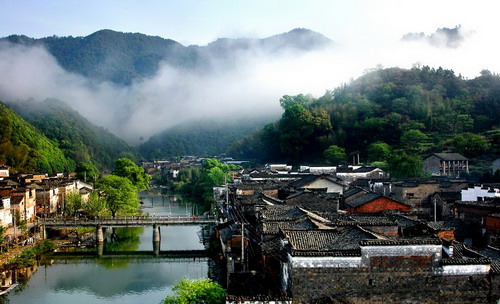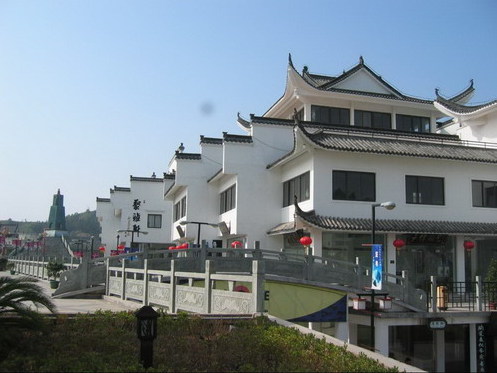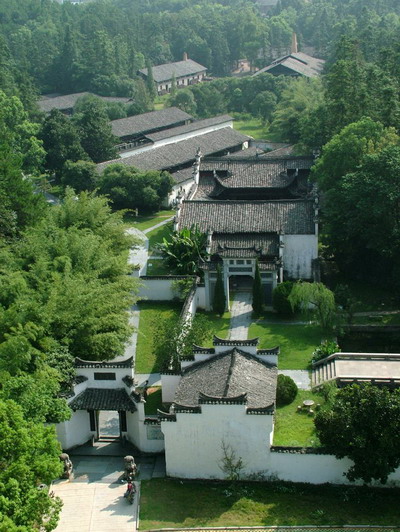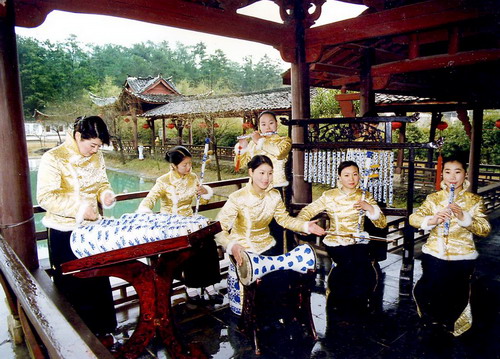Lofty Lushan Mountain
Temples in Hidden Places
On the First of August
Wheels by the Water
Share your travel story with regional@chinadaily.com.cn
Jingdezhen
( chinaculture.org, wikipedia )
Updated: 2011-10-10
 |
| Yaoli village in Jingdezhen city |
Ever since the Eastern Jin Dynasty (317-420), with old names of Xinping and Fuliang, the seat of Jingdezhen was a town. People there began to produce ceramics as early as in the Eastern Han Dynasty (25-220). In the Jingde reign (1004-1007) of the Song Dynasty (960-1279), Emperor Zhaoheng decreed to produce the porcelain used by the imperial court. From then on, people began to call this place as Jingdezhen. In the Ming Dynasty (1368-1644), Jingdezhen and other three towns, Zhuxian town in Henan province, Hankou town in Hubei province and Foshan town in Guangdong province, were listed as the Top Four Towns of China.
 |
| It is the "Porcelain Capital of China". |
Chinese writer Guo Moruo once said: "the best porcelain of the world is in China and China's best is in Jingdezhen." The ceramic industry experienced a long-time development in Jingdezhen. During the Tang Dynasty (618-907), the technique started to mature. Jingdezhen became a major porcelain producer in the Song Dynasty (960-1279). The kiln in the Yuan Dynasty (1271-1368) boasted the highest porcelain-making techniques. Thereafter, the Liangfu porcelain office was set up. Since the Ming Dynasty (1368-1644), it has been the center of the ceramic industry. In the Ming and Qing dynasties when skills became perfected and the general quality being more refined, governmental kilns were set up to cater exclusively to the need of the royal families. In the long-time development, the artists and craftsmen in Jingdezhen brought their full talent into play and created numerous masterpieces.
 |
| The ceramic history exhibition area |
Jingdezhen porcelain has formed four special features, which are white like jade, bright as a mirror and thin as paper, sound like a chime. With its elegant form and unique technique, the art of Jingdezhen porcelain is a bright jade in the Chinese civilization.
The unique porcelain culture of Jingdezhen is attributed to the abundant porcelain relics, the valuable porcelain art, the excellent porcelain techniques and the intelligent porcelain artists. This culture was, is and will be a treasure for Jingdezhen's tourist industry.
 |
| A performance played by ceramic instruments made in Jingdezhen |





 Website:
Website: